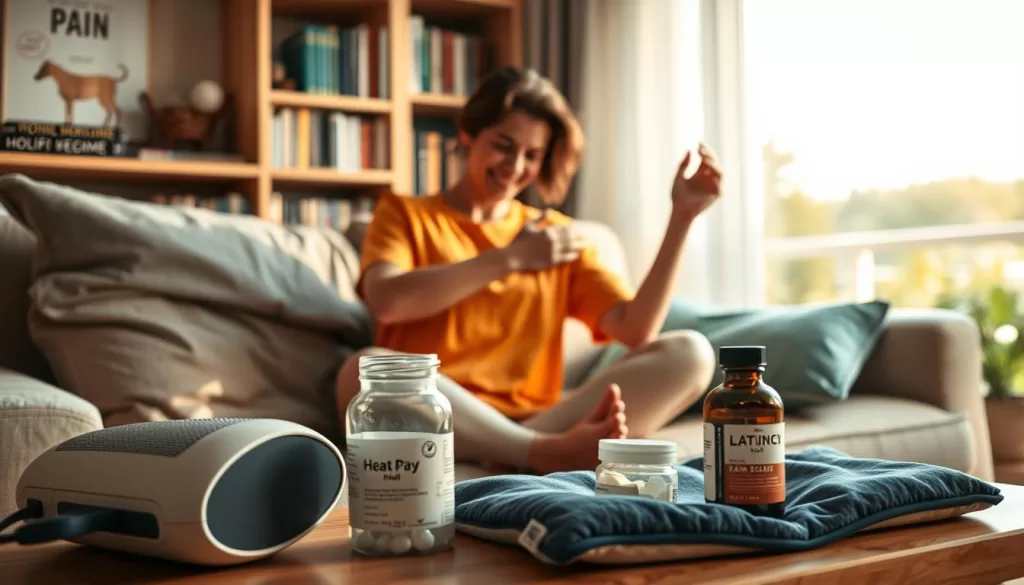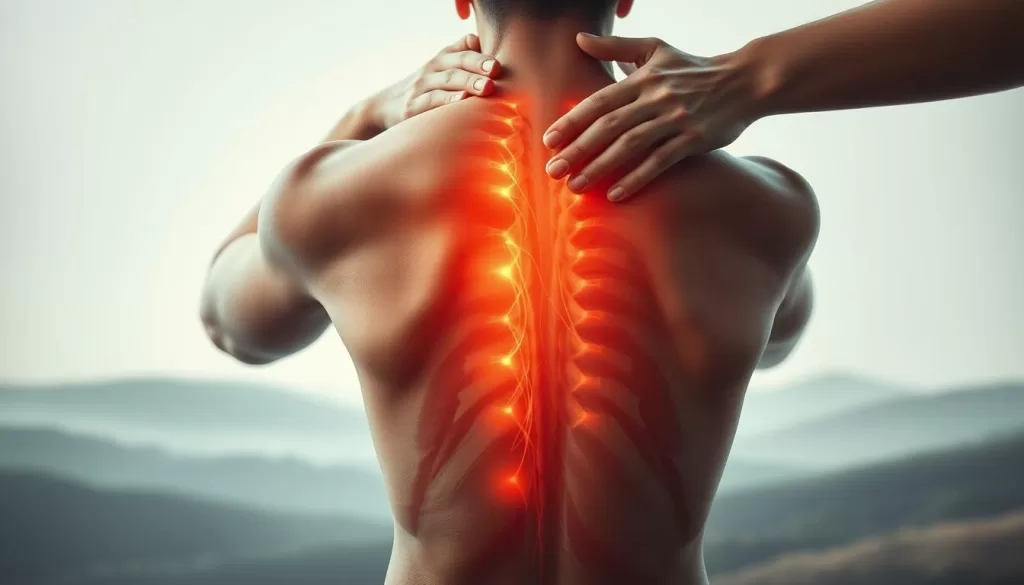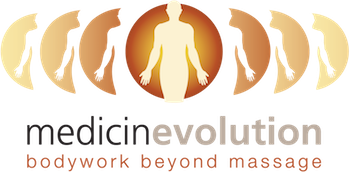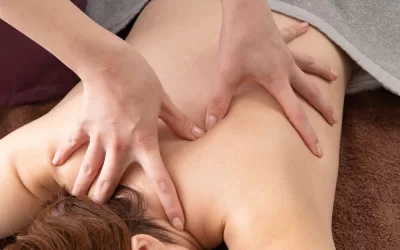Did you know that millions of professionals in the U.S. suffer from chronic pain? This pain can really hurt their work and happiness. Structural Integration is a new way to tackle pain and keep energy up. It’s more than just a massage; it fixes the real pain problems.
Structural Integration works on the body’s structure to help you live without pain. People like Lauren Korsheck and Keith Young say it really works. They feel less pain and more aware of their bodies. For more info, check out our blog.
Key Takeaways
- Structural Integration offers a holistic approach to managing pain and improving body awareness.
- It addresses the root causes of pain, providing long-term relief.
- Clients have reported significant improvements in their overall well-being and productivity.
- This method is perfect for East Bay professionals looking for something new instead of traditional massage.
- By achieving structural balance, individuals can enjoy a more energized and pain-free life.
Understanding Structural Integration: More Than Just a Massage
Structural Integration is more than just a massage. It’s a way to fix the body’s structure to make it work better. It helps with tips for pain relief and makes you feel better overall.
The Science Behind Structural Integration
Structural Integration is based on the idea that the body’s structure and function are linked. By working on the fascia, the soft tissue around muscles and bones, it can balance and align the body. This leads to better movement and less pain.
The American Massage Therapy Association says it works because the body is a complex system. Changes in one part can affect the whole body.
The Rolf Method and Other Approaches
The Rolf Method, created by Ida Rolf, is a well-known part of Structural Integration. It involves several sessions to align the body’s structure. Other methods might use different techniques but aim for the same goal: better body alignment and function.
Some might add movement education to make the treatment more effective.
How It Differs from Traditional Massage Therapy
Unlike regular massage, which mainly helps with muscle tension, Structural Integration fixes the body’s structure. This can lead to lasting benefits like better posture and less pain. It’s a great natural remedy for pain.
Understanding Structural Integration helps people manage pain and improve their life quality. It’s a holistic approach to body alignment, promising more than just temporary relief.
Common Pain Points for East Bay Professionals
East Bay professionals face many challenges that can cause chronic pain. Desk work and commuting stress are big issues. Knowing these challenges helps find ways to solve them.
Desk-Related Postural Issues
Sitting too long can hurt your posture and muscles. Desk-related postural issues are common for those at computers all day. Adjusting your monitor and chair can help a lot. Also, stretching and taking breaks can ease these problems.
Tech Neck and Digital Device Strain
Using digital devices a lot can hurt your neck and eyes. Tech neck and upper body strain are common. Holding devices right and taking breaks can help prevent these issues.

Commuter Pain: BART, Bridge Traffic, and Body Alignment
Commuting in the East Bay is tough, with long times on BART or in traffic. This can hurt your body alignment and tense muscles. Being aware of your body and stretching can lessen these effects.
Stress-Induced Tension Patterns in Silicon Valley Culture
The stress of Silicon Valley can cause physical tension. Stress-induced tension patterns can lead to pain. Relaxation exercises and good sleep can help manage this pain.
| Pain Point | Common Causes | Potential Solutions |
|---|---|---|
| Desk-Related Postural Issues | Poor ergonomics, prolonged sitting | Ergonomic adjustments, regular stretching |
| Tech Neck and Digital Device Strain | Prolonged device use, poor device handling | Device hygiene practices, regular breaks |
| Commuter Pain | Long commutes, poor body alignment | Mindful commuting, stretching exercises |
| Stress-Induced Tension | High-pressure work environment | Relaxation techniques, proper sleep hygiene |
By understanding these pain points and making simple changes, East Bay professionals can lower their risk of chronic pain. This can greatly improve their quality of life.
How Structural Integration Helps You Stay Pain-Free
Structural Integration is a holistic way to manage pain, aiming for long-term relief. It’s great for East Bay professionals dealing with chronic pain from sitting too much, tech neck, and stress from commuting.
Addressing Root Causes vs. Temporary Relief
Unlike regular massage, which only offers quick relief, Structural Integration digs deeper. It looks at the body’s structure and alignment to find and fix pain causes. For example, a study on Structural Integration and scoliosis shows it’s good for managing chronic pain.
The 10-Session Protocol: A Holistic Approach to Pain Management
The 10-Session Protocol is key in Structural Integration. It helps restore the body’s natural alignment and movement. Each session builds on the last, improving flexibility, posture, and comfort. For more on managing pain holistically, check out Medicinevolution’s blog.

Long-Term Benefits for Chronic Pain Sufferers
People with chronic pain can see lasting benefits from Structural Integration. They experience less pain, better mobility, and more body awareness. It helps them live a better life, free from chronic pain.
Preventing Recurrence Through Structural Alignment
Structural Integration’s main benefit is preventing pain from coming back. By keeping the body balanced and aligned, practitioners help clients keep their progress. This reduces the chance of future pain.
| Benefits | Structural Integration | Traditional Massage |
|---|---|---|
| Approach | Holistic, addressing root causes | Temporary relief, symptomatic |
| Long-term Results | Sustained improvements in pain and mobility | Limited, may require frequent sessions |
| Body Awareness | Enhanced awareness and alignment | Limited focus on overall body alignment |
Energizing Benefits Beyond Pain Relief
Structural Integration helps professionals in the East Bay feel more energetic and productive. It tackles the root causes of pain and tension. This approach not only relieves pain but also brings many energizing benefits.
Improved Movement Efficiency and Athletic Performance
Structural Integration makes daily tasks and sports easier. It optimizes body alignment and reduces tension. This leads to better athletic performance and less chance of injury.
A study on runners showed better running efficiency and less fatigue after sessions.
Enhanced Body Awareness for Workplace Ergonomics
Structural Integration boosts body awareness. This helps people adjust their workspace ergonomics. It reduces the risk of desk-related postural issues.
Understanding body alignment leads to improved posture and less strain. This makes work more comfortable and productive.
“The more I understood my body’s alignment, the more I realized how much strain I was putting on my neck and shoulders. Structural Integration has been a game-changer for my workspace ergonomics.” – Rachel, Software Engineer
Stress Reduction and Mental Clarity for High-Pressure Jobs
High-pressure jobs can cause a lot of stress and tension. Structural Integration reduces stress by releasing physical tension. It promotes mental clarity and focus.
Practitioners often feel calmer and more centered after sessions. This is very helpful for those in stressful jobs.
| Benefits | Description |
|---|---|
| Reduced Stress | Release of physical tension patterns |
| Mental Clarity | Improved focus and calmness |
| Enhanced Productivity | Better energy management and efficiency |
Finding Qualified Structural Integration Practitioners in the East Bay
To get the most from Structural Integration, find a qualified practitioner. Look for certified ones with extensive training. Visit https://medicinevolution.com/the-5-key-benefits-of-structural-integration/ for more information.
By adding Structural Integration to their wellness routine, East Bay professionals can enjoy many benefits. These go beyond pain relief, improving their quality of life and helping them stay active without pain.
Conclusion: Integrating Structural Integration into Your Wellness Routine
East Bay professionals can greatly benefit from adding Structural Integration to their wellness plans. It tackles the main causes of pain and helps keep the body aligned for the long term. This way, people can live without pain and enjoy a better life.
Seeing a skilled practitioner regularly can stop chronic pain from coming back. It also boosts body awareness and lowers stress. This means professionals can do their best, both physically and mentally, in Silicon Valley and other challenging places.
Adding Structural Integration to your self-care routine can make you feel more energetic. It helps keep your body aligned and reduces muscle tension. Start your journey to a pain-free life and check out what’s available in the East Bay area.
FAQ
What is Structural Integration and how does it differ from massage therapy?
Structural Integration is a bodywork method that aims to realign the body. It improves function and reduces pain. Unlike massage therapy, which offers temporary relief, Structural Integration tackles pain’s root causes for lasting benefits.
How can Structural Integration help with chronic pain management?
It helps manage chronic pain by finding and fixing the causes. This includes postural imbalances and tension patterns. The 10-Session Protocol offers a deep, long-term solution for those with chronic pain.
Can Structural Integration improve athletic performance and movement efficiency?
Yes, it can. By aligning the body and reducing tension, it makes movement more efficient. This is great for athletes and anyone who’s active.
How can I find a qualified Structural Integration practitioner in the East Bay area?
Look for certified practitioners, like those in the Rolf Method. Ask for referrals from healthcare professionals or check online directories for certified practitioners in your area.
Are there any lifestyle changes that can complement Structural Integration for pain management?
Yes, making lifestyle changes can help. Regular exercise, stress management, and proper ergonomics support the benefits of Structural Integration. These changes help manage pain over time.
Can Structural Integration help reduce stress and improve mental clarity?
Yes, it can. By releasing tension and promoting relaxation, it helps reduce stress and improve mental clarity. This is beneficial for those in high-pressure jobs or experiencing stress-related tension.





